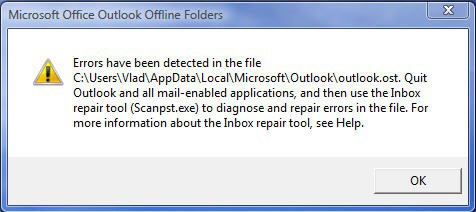How to Open OST File in Non-Exchange Environment?
There are situations when you have to access your Exchange mailbox offline OST file in non-Exchange environment. If your have to restore OST File for accessing your mailbox data. There are many other reasons also that might complete you to go for OST to PST conversion. These are the cases when your Exchange Server gets crashed; or when your mailbox gets deleted; or when your OST file crosses 2 GB limit. You can Export OST file to PST file format (that can be read with MS Outlook emailing client) using some third party OST restore software and tools. You can easily convert your mail messages, email properties, sent items, draft emails, emails from the 'Deleted Items' folder, email attachments, images, other documents, journal items, calendars, appointments, to-do list, and every other mailbox object from OST file in Outlook PST format.


